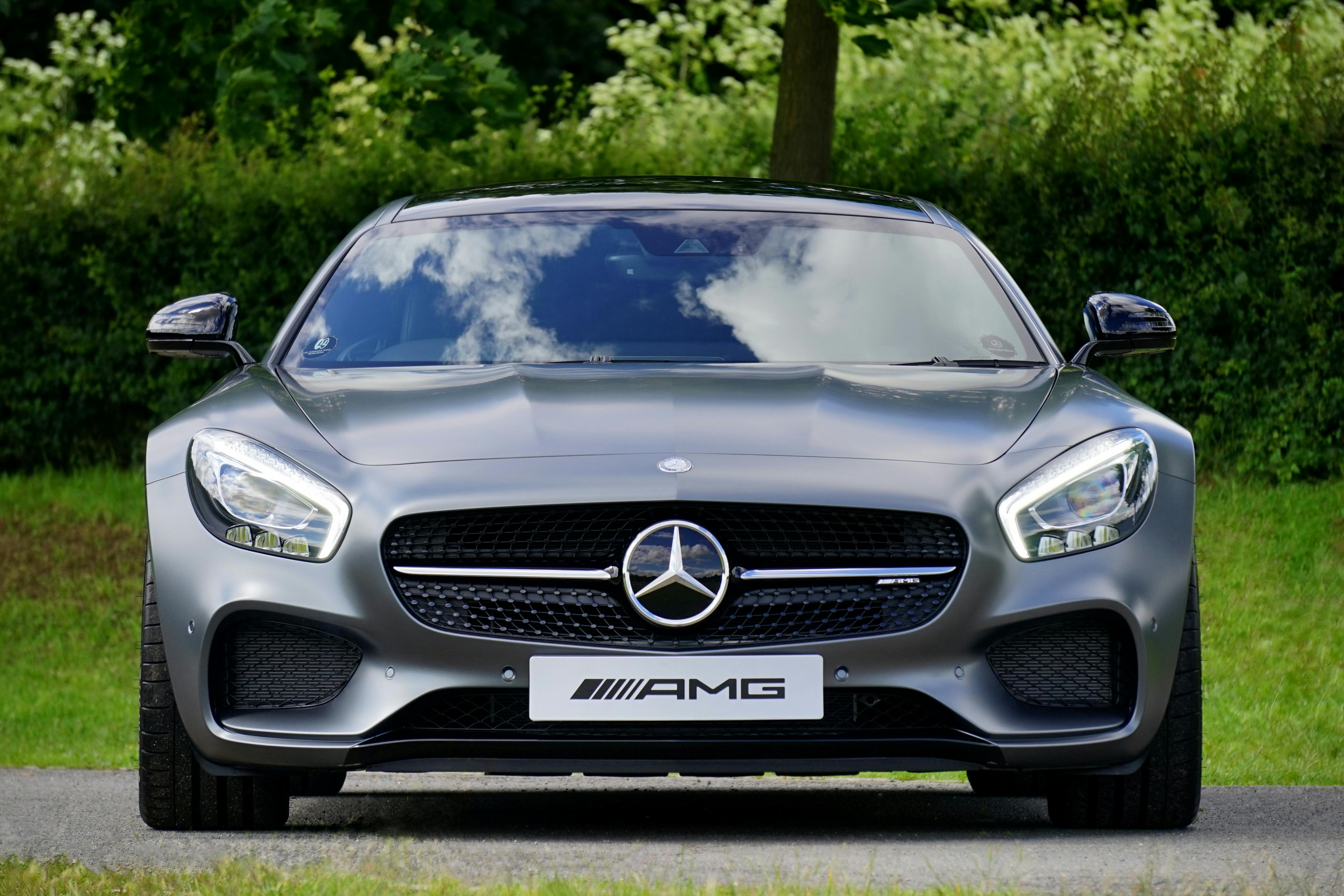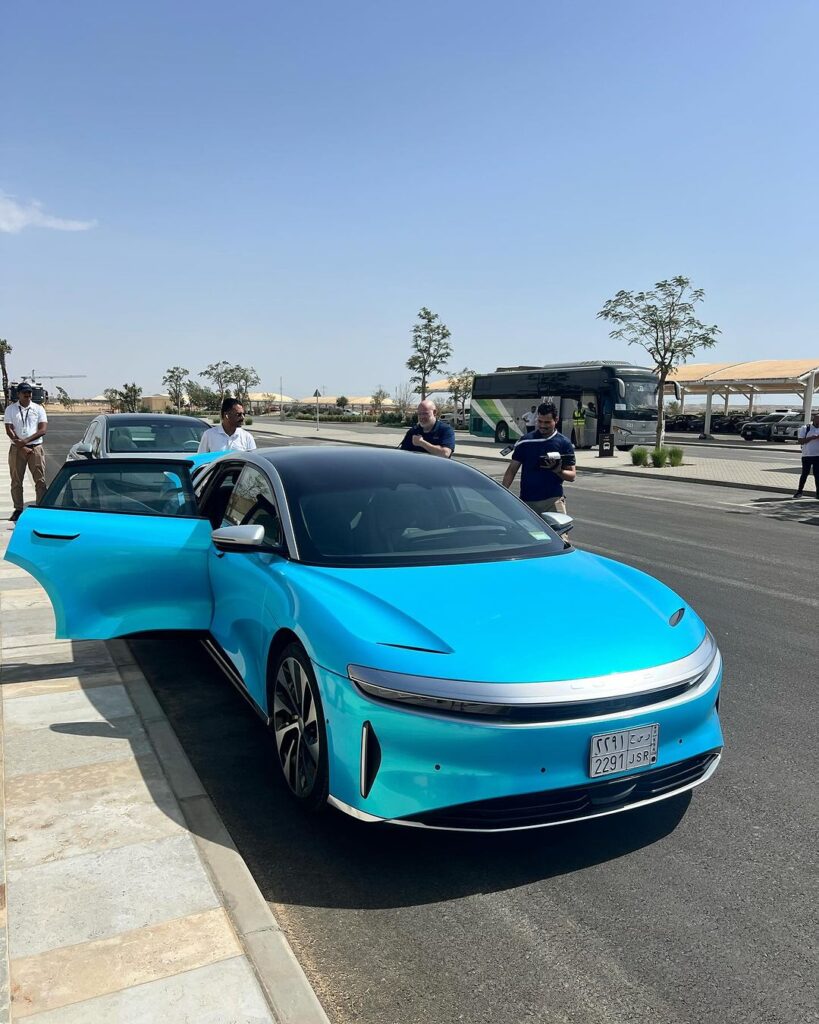
As we cruise into 2025, the automotive landscape is undergoing significant changes, with manufacturers making tough decisions about which car models to retire. This pivotal year is shaping up to see several car models phased out, from compact sedans to once-popular SUVs, marking the end of an era for some well-known names. These strategic decisions are driven by a complex interplaAs we cruise into 2025, the automotive landscape is undergoing significant changes, with manufacturers making tough decisions about which car models to retire. This pivotal year is shaping up to see several car models phased out, from compact sedans to once-popular SUVs, marking the end of an era for some well-known names. These strategic decisions are driven by a complex interplay of shifting consumer demands, the accelerating push toward electric vehicles, and evolving market strategies, ensuring that many familiar rides won’t be making it to dealership lots next year.
y of shifting consumer demands, the accelerating push toward electric vehicles, and evolving market strategies, ensuring that many familiar rides won’t be making it to dealership lots next year.
The trend of discontinuing car models is becoming more pronounced as automakers respond to changing industry dynamics and consumer preferences. This isn’t a random occurrence; it’s a strategic realignment to a rapidly evolving landscape. The global push for sustainability, for instance, has put electric vehicles at the forefront of automotive development, causing manufacturers to reallocate resources from traditional combustion-engine models to invest heavily in EVs, often at the cost of discontinuing older, less aligned offerings.
Beyond electrification, factors such as declining market demand for specific segments, increasingly stringent regulatory pressures, and the rapid pace of technological advancements all contribute to these farewells. Models that fail to capture sufficient consumer interest or can’t be economically updated to meet stricter emissions and safety standards often face the axe. Automakers are streamlining their portfolios, focusing on high-margin and high-demand models, all while consumer preferences continue to evolve globally, prompting manufacturers to discontinue underperforming models in specific markets. This comprehensive round-up will explore the precise reasons behind these decisions and their broader implications for the market.

1. **Audi A5, S5, and RS5 Coupe and Convertible**For years, the Audi A5 lineup, encompassing the elegant A5 Coupe and Convertible, alongside the high-performance S5 and formidable RS5 variants, has stood as a distinct symbol of luxury and sportiness within the automotive landscape. These models masterfully blended an elegant design with powerful engines and the allure of convertible options, catering to a discerning segment of drivers. They appealed specifically to those who sought a stylish, yet undeniably exhilarating, driving experience, setting a benchmark for premium two-door vehicles.
The reasons behind the discontinuation of these beloved Audi models are multifaceted, reflecting significant shifts within the broader automotive market. Most notably, the market for coupes and convertibles has experienced a considerable contraction in recent years, with consumers increasingly gravitating towards the practicality and versatility offered by SUVs and crossovers. This widespread preference has created an undeniable challenge for traditional two-door luxury vehicles, impacting their sales viability.
Furthermore, Audi’s overarching brand strategy plays a crucial role in this decision. The manufacturer is heavily focused on expanding its electric vehicle lineup under the prominent “e-tron” brand. The A5, S5, and RS5 Coupe and Convertible models, being traditional internal combustion engine vehicles, simply do not align with these aggressive electrification goals. Their discontinuation frees up valuable resources that can be redirected towards developing future-forward electric and more versatile crossover offerings.
Ultimately, the declining demand for these two-door vehicles has rendered them less profitable, a critical factor for any major automaker. While enthusiasts will undoubtedly mourn the loss of these iconic models, their discontinuation represents a strategic pivot for Audi. It allows the brand to channel resources toward innovative electric and crossover vehicles that are better suited to current consumer preferences and future regulatory landscapes. Audi plans to continue its focus on electric sedans and SUVs, such as the Q8 e-tron, while also exploring performance-focused EVs that could eventually carry forward the high-octane legacy of the RS5.
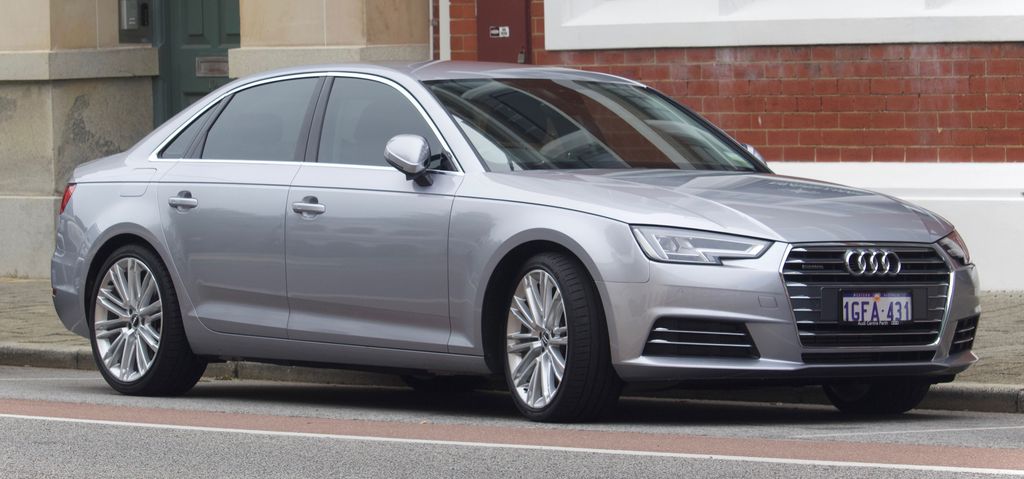
2. **Audi A4 Sedan**The Audi A4 Sedan has long been recognized as a cornerstone of the luxury compact sedan segment, consistently delivering a sophisticated blend of technology, performance, and understated elegance for decades. It established itself as a go-to choice for consumers seeking premium features and a refined driving experience in a more compact and accessible package. Its consistent presence helped define the segment, offering a compelling alternative to larger luxury vehicles.
However, even a stalwart like the A4 Sedan is not immune to the seismic shifts occurring in the automotive market. A primary reason for its discontinuation stems from prevailing market trends. The ascendancy of SUVs and electric vehicles has led to a significant dip in demand for traditional compact sedans. Consumers are increasingly prioritizing higher ride height, greater cargo capacity, and the allure of electrification, which has undeniably impacted the sales performance of models like the A4.
In alignment with this, Audi’s brand strategy is undergoing a profound realignment. The manufacturer is aggressively refocusing its efforts on electric vehicles and larger, more versatile models that resonate more strongly with contemporary consumer preferences. This strategic pivot necessitates difficult decisions about long-standing models that, despite their legacy, no longer fit the envisioned future product portfolio. The A4’s departure is a clear indication of this broader strategic move.
The impact on both the Audi brand and its loyal consumers is significant. The A4’s exit undeniably leaves a noticeable gap for those who have a preference for compact luxury sedans, a niche that has been faithfully served by this model for so long. However, Audi is proactively aiming to fill this void with cutting-edge electric vehicles and advanced hybrid alternatives, promising similar levels of luxury and sophistication in a sustainable package. The brand is specifically expected to concentrate on electrified alternatives such as the A6 e-tron, which is designed to offer comparable luxury features within a more environmentally conscious framework.
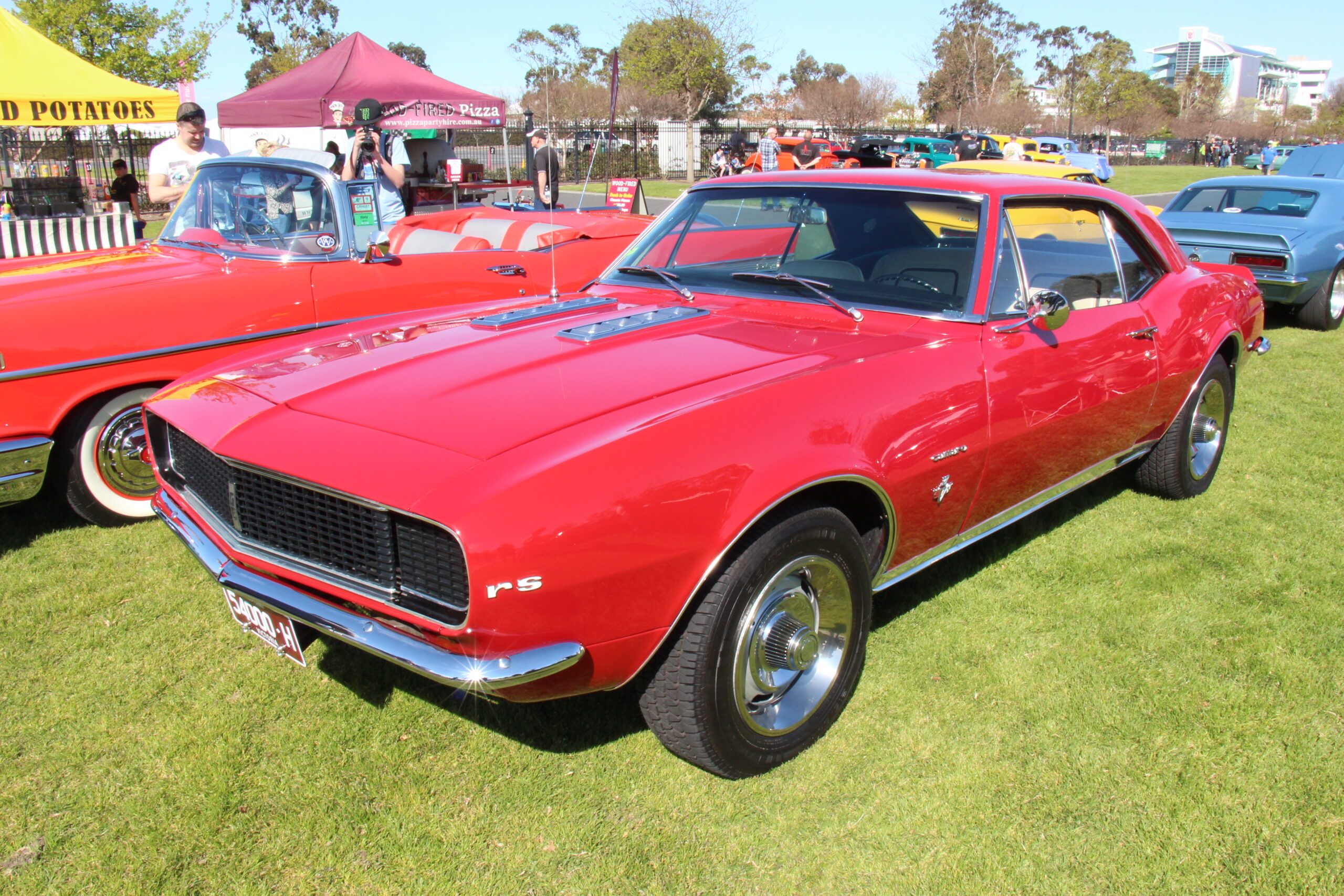
3. **Chevrolet Camaro**The Chevrolet Camaro has been an undisputed staple of the American muscle car scene for well over five decades, carving out an indelible legacy rooted in power, performance, and iconic styling. Known for its aggressively sculpted aesthetics, an array of powerful engine options, and a rich, storied heritage, the Camaro engaged in fierce competition with legendary rivals such as the Ford Mustang and Dodge Challenger. Its presence on the asphalt and in popular culture captivated car enthusiasts worldwide, solidifying its status as an automotive icon.
Despite its strong legacy and fervent fan base, the Camaro is now set to drive off into the sunset for several compelling reasons. A significant factor is the undeniable shift in overall market trends. Sales of traditional muscle cars have experienced a notable decline as the automotive market has increasingly become dominated by the pervasive popularity of SUVs and the burgeoning segment of electric vehicles. This broad shift in consumer preference has created an uphill battle for models rooted in conventional performance.
Furthermore, the Camaro’s sales performance, while historically robust, has been overshadowed in recent years by its direct rivals and, notably, by internal competition from Chevrolet’s own highly popular SUVs and trucks. In an era where automakers prioritize efficient resource allocation, models that struggle to maintain competitive sales figures often become candidates for discontinuation. This internal competition highlights a broader strategic decision to consolidate resources where demand is highest.
Chevrolet’s brand strategy also plays a pivotal role in this decision. The manufacturer is actively reallocating substantial resources toward the extensive development of electric vehicles, with ambitious plans to significantly expand its electric lineup. This includes the intention to introduce performance-oriented electric models that could potentially carry forward the spirit of the Camaro into a new, electrified era. Fans are understandably mourning the loss of this icon, with many expressing deep disappointment over what feels like the end of a very significant era in American automotive history.
However, Chevrolet has hinted at honoring the Camaro’s powerful legacy with a potential EV successor, aiming to ensure that its performance DNA continues to thrive in a future-forward format. The brand is focused on introducing a high-performance electric vehicle in the coming years, which could serve as a spiritual successor. Simultaneously, Chevrolet is heavily investing in and focusing on its Silverado EV and other electrified models, signaling a clear strategic direction for its future product portfolio.
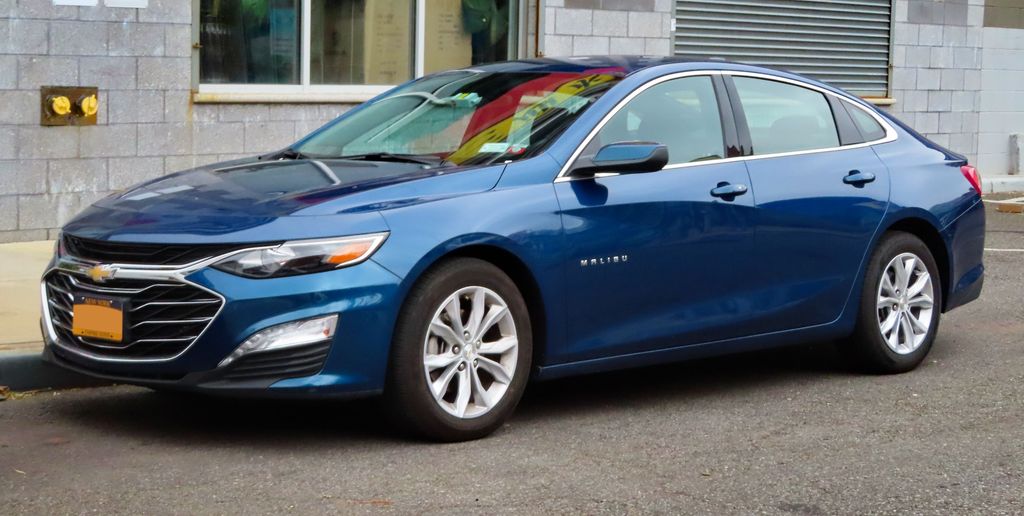
4. **Chevrolet Malibu**The Chevrolet Malibu has long held its position as a persistent contender within the highly competitive midsize sedan market. Throughout its storied history, first introduced in the 1960s, it consistently offered a commendable balance of affordability, comfort, and unwavering practicality. Over the decades, the Malibu evolved into a dependable family car, successfully catering to a wide and diverse range of buyers seeking reliable daily transportation without excessive frills, establishing itself as a trustworthy option for many American households.
However, the landscape of consumer preferences has undergone a dramatic transformation in recent years, presenting significant challenges for traditional sedans like the Malibu. The overwhelming shift toward SUVs and crossovers has made it increasingly difficult for midsize sedans to compete effectively for market share. This pronounced change in buyer behavior is a primary driver behind the Malibu’s impending discontinuation, as its segment continues to shrink under the weight of larger, more versatile alternatives.
Consequently, the Malibu has faced a consistent struggle with declining sales volumes, a direct result of buyers increasingly favoring larger and more adaptable vehicles that offer greater utility and perceived value. For automakers operating in a highly competitive global market, models that experience sustained declines in sales often become candidates for retirement. This ensures that production resources are channeled into segments with higher demand and greater profitability.
Chevrolet’s brand strategy is also undergoing a significant realignment, with a clear focus on emphasizing electric vehicles and high-demand segments such as SUVs and trucks. The discontinuation of the Malibu is an integral part of this broader strategy to streamline the brand’s lineup and dedicate resources to areas that promise greater growth and align with future automotive trends. This strategic move aims to fortify Chevrolet’s position in emerging and currently dominant market segments.
While the Malibu has certainly been a reliable and often beloved option for countless families and daily commuters, its departure is a reflection of a broader industry-wide movement away from traditional sedans. For loyal customers, this absence may leave a void in the market, necessitating a search for new alternatives. However, Chevrolet is confidently doubling down on future-forward innovations, with plans to expand its electric lineup. Models such as the all-electric Equinox and Blazer are specifically expected to capture the attention of the Malibu’s former audience, offering modern, electrified solutions to their evolving transportation needs.
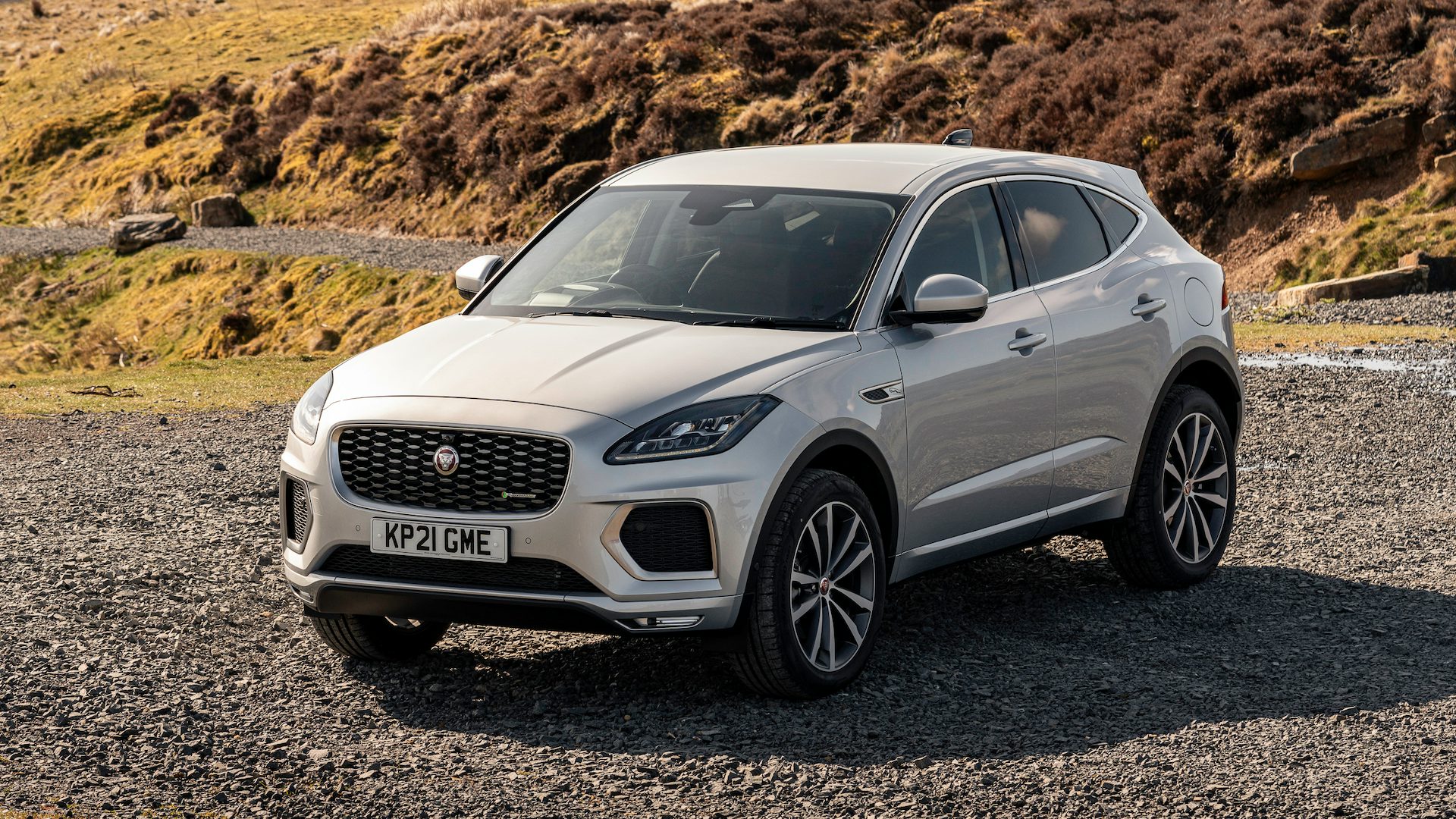
5. **Jaguar E-Pace**Introduced with aspirations to capture a younger, urban demographic, the Jaguar E-Pace arrived as the brand’s compact luxury SUV. It was designed to offer an enticing gateway into the prestigious Jaguar lineup, boasting a stylish design that exuded contemporary sophistication and sporty handling characteristics. This combination was intended to appeal to drivers seeking a premium experience in a more agile and city-friendly package, carving out a new niche for the esteemed British marque.
However, the luxury compact SUV segment is an intensely competitive arena, populated by formidable offerings from well-established rivals. Despite its initial promise, the E-Pace found itself overshadowed by these stronger competitors, struggling to differentiate itself effectively in a crowded marketplace. This intense pressure inevitably impacted its market performance, leading to the model falling short of Jaguar’s internal expectations concerning both sales volumes and broader market penetration.
A pivotal reason for the E-Pace’s discontinuation is deeply rooted in Jaguar’s bold and ambitious strategic transformation. The brand has publicly committed to an aggressive transition, aiming to become an entirely all-electric portfolio by the year 2025. This forward-looking vision necessitates a significant streamlining of its current offerings, phasing out models like the E-Pace that, being traditional internal combustion engine vehicles, simply do not align with this overarching and profound electrification goal.
The exit of the E-Pace, therefore, represents a critical step in Jaguar’s radical reinvention, signaling a decisive move away from its traditional internal combustion engine models. While this marks a bittersweet change for loyal fans who appreciated its blend of luxury and sportiness, it underscores Jaguar’s unwavering commitment to a sustainable, electrified future. Looking ahead, Jaguar is poised to launch an entirely new range of luxury electric SUVs and crossovers, meticulously designed to align with its vision of becoming an exclusively all-electric brand by the stated target of 2025.
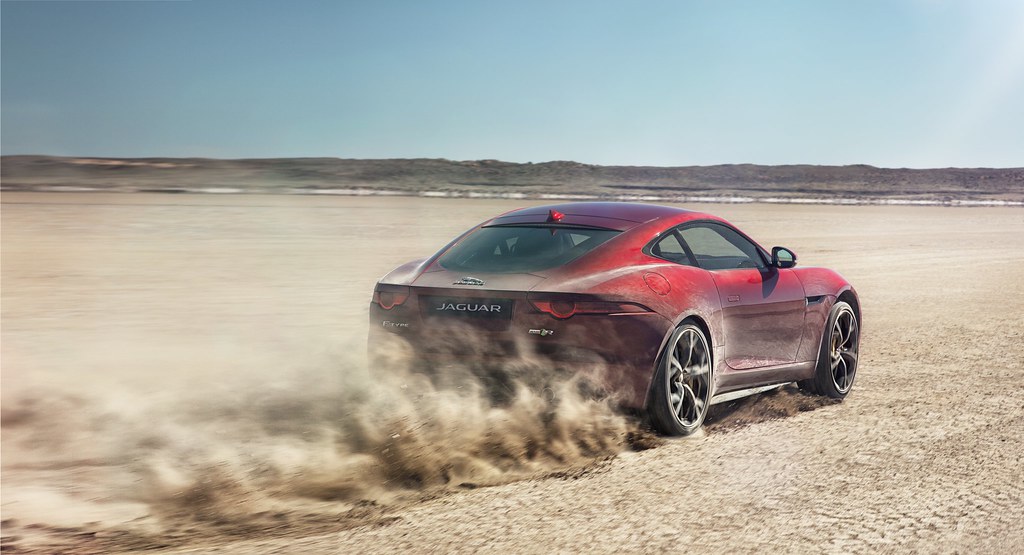
6. **Jaguar F-Type**The Jaguar F-Type stands as a true modern icon, a stunning sports car renowned globally for its breathtakingly elegant design and exhilarating performance capabilities. Available in both coupe and convertible configurations, it swiftly captivated enthusiasts, earning its place as a quintessential representation of Jaguar’s rich heritage in crafting high-performance, aesthetically arresting vehicles. The F-Type embodied a perfect synthesis of sophisticated luxury and raw, unadulterated power, delivering a driving experience that was both visceral and refined.
Despite its celebrated status, the F-Type now faces an impending discontinuation, largely influenced by shifting automotive landscape dynamics. The market for dedicated sports cars has progressively evolved into a more niche segment, particularly as the widespread preference for versatile SUVs continues its dominance over consumer choices. This broader trend has inevitably impacted sales for traditionally focused sports cars, creating an challenging environment for models like the F-Type to maintain their commercial viability.
Furthermore, the F-Type’s sales performance has experienced a noticeable slowdown in recent years, making its continued production less economically viable for Jaguar. This decline is exacerbated by the brand’s profound strategic pivot toward an all-electric future. Jaguar’s commitment to electrification, a cornerstone of its long-term vision, leaves increasingly less room in its product portfolio for traditional, purely internal combustion-powered sports cars.
The discontinuation of the F-Type marks a poignant end of an era for Jaguar enthusiasts, particularly those who have long cherished its unique balance of sophisticated luxury and thrilling performance. Its departure symbolizes a broader industry-wide transition. However, Jaguar is reportedly already hard at work developing cutting-edge electric performance cars. These future-forward vehicles are intended to serve as spiritual successors to the F-Type, ensuring that the brand’s revered sporty heritage is not only preserved but dynamically reinvented in a sustainable, electrified format.


